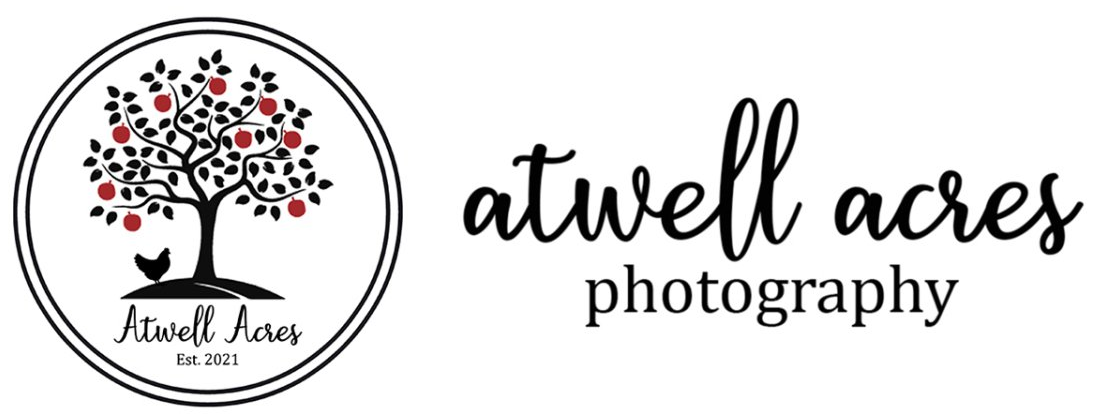How to Care for Newborn Skin | The Newborn Lady
How do I care for newborn baby skin?
“Mom, if you think about it, skin is really weird!” I overheard a young kiddo telling his mom in the grocery store. “Like, it’s supposed to protect all of your insides, but it’s super squishy and gets cuts and bumps and sunburns. I wish it was hard like a Ninja Turtle shell so I didn’t get hurt!”
I see his point. While skin does a pretty awesome job as our body’s first line of defense against illness and injury, it certainly has its limitations, too. But, I think I’ll take my risk of paper cuts as a better alternative to a stiff turtle shell…
Skin Appearance Right After Birth
After spending months in the womb surrounded by amniotic fluid, newborn skin is fragile. It still has a while to “toughen up,” and it’s much more susceptible to rashes, irritation, bumps and burns than ours. While you probably imagined soft, flawless baby skin, most newborns actually have pretty unique-looking skin. Immediately after birth, Baby’s skin may look blotchy red or pink and covered in vernix , a waxy coating that protects them from the amniotic fluid. A few days later, you may notice peeling and dryness – which is completely normal! [1]
You might also notice tiny white bumps on your baby’s nose called milia . These are also harmless and will disappear in time (they do not require any deep cleaning or rubbing to remove them.)
Then, 2-4 weeks after birth, you may notice some baby acne popping up. It’s best to leave this alone also and gently clean those areas just like you do the rest of Baby’s body. Stay away from any acne products, lotions, and oily substances. Baby acne is generally harmless and will resolve itself.
First Month Care
During the first few days and weeks after birth, caring for your newborn’s skin is pretty easy! All you need is some gentle baby soap, a soft wash cloth, an infant tub, and warm water.
Umbilical Cord Care
Until the umbilical cord falls off, give your baby a sponge bath so as not to get the umbilical area wet. Clean around it with gentle soap and water. Once it has healed, you can give baby a full bath.
How Often to Bathe:
Babies are pretty clean all on their own. You only need to wash their skin and hair 2-3 times per week . (Clean their diaper area more frequently as needed.)
How to Give Your Baby a Bath:
1) Place all of your supplies (towel, soap, wash cloth, brush, cotton balls etc.) near the tub so you can stay within arm’s reach. Babies are slippery and need constant supervision.
2) Warm the room to 75-80. OR, place a towel over Baby’s body and continually pour warm water over the towel to keep her comfortable.
3) Use a few wet cotton balls with a drop of gentle, tear-free soap to clean her eyes, nose, and face.
4) Use gentle baby cleanser to wash his body. Make sure to use separate cloths for his face and diaper area. Save the diaper area for last. No need to scrub – that could irritate Baby’s skin. Don’t forget to clean all of those adorable baby rolls.
5) After soaping up, gently pour warm water over her body to rinse. Most babies don’t like water in their eyes, so use your hand to block out water while rinsing her hair.
6) Carefully take your baby out of the tub using both hands (here’s a short video by JOHNSON’S® on how to do that), and wrap him in a hooded towel.[2]
7) After drying your baby, apply a gentle moisturizer.
Common Skin Condition in Babies
Cradle Cap
– Harmless yellow scales that pop up on Baby’s head resulting from trapped dead skin cells.
Solution:
Use baby oil to loosen the flakes. Use a soft baby brush and gentle soap and water to help remove the flakes. This usually resolves within the first year.
Infant Acne
– Harmless pimply bumps on Baby’s face caused by Mom’s hormones.
Solution:
Wash with gentle baby cleanser a couple times per week during bath time. Overall, leave alone. Do NOT scrub. This usually resolves within 6 months.
Milia
– Harmless tiny white bumps on Baby’s nose right after birth.
Solution:
Leave alone, and it will resolve on its own.
Infant Eczema
– Itchy rash resembling red pimples.
Solution:
Try hypoallergenic lotion and short baths. If it doesn’t clear up or gets worse, talk to your pediatrician.
Impetigo
– Blisters with yellow crust caused by bacteria.
Solution:
Keep Baby’s diaper area clean and dry. If you notice blisters, make an appointment with your pediatrician.
Dry Skin
– Harmless rough, tight, or peeling skin.
Solution:
Keep Baby well-hydrated, and apply gentle moisturizer daily, especially after bathing. Usually resolves on its own.
Heat Rash
– Tiny red spots that appear due to sweat buildup.
Solution:
Dress baby in light and airy clothing during the warm months; use a cool bath; and avoid skin products that clog sweat glands.
Diaper Rash
– Painful red bumps around Baby’s genitals and bottom caused by irritants and too much moisture.
Solution:
Change Baby’s diaper immediately after urination or bowel movement. Skip wipes or use water wipes. Allow baby to go diaper free for a few minutes after changing. Use hypoallergenic soap. Contact your pediatrician if it doesn’t clear or you see white pimples.
Hemangioma
– A harmless strawberry-shaped bump. Although they seem alarming and possibly large, they’re very common.
Solution:
Leave alone, and it will fade on its own. Consult your pediatrician if it is bothering baby or becoming infected.
Stork Bites
– Harmless dark-pink splotches.
Solution:
Leave alone. These will fade in a few months.
Birth Marks, Elevated Birth Marks, & Mongolian Spots
– Dark tan, purple, or dark-colored splotches.
Solution:
Leave alone. These are usually permanent but harmless. Consult pediatrician if more continually pop up.
Caring for Baby Boy’s Circumcision
First, follow your doctor’s instructions for circumcision cleaning and care. Different methods require different care. In general, change Baby’s diaper immediately after wetting or soiling. Gently clean the area with mild soap and water. Apply Neosporin or Vaseline. Expect quick healing in about 7 days (if there’s a ring, it will fall off around this time.
Consult your pediatrician in case of:
1) Infrequent or no urination in 6-8 hours after the procedure
2) Bleeding
3) Increased redness after 3 days
Follow along with the blog for more parenting tips and resources! Visit The Newborn Lady for newborn photography information and upcoming events.
Sources:
1) Healthline – Newborn Skin Peeling
2) JOHNSONS® - How to Get Baby In & Out of Tub
4) Parents – Baby Circumcision






